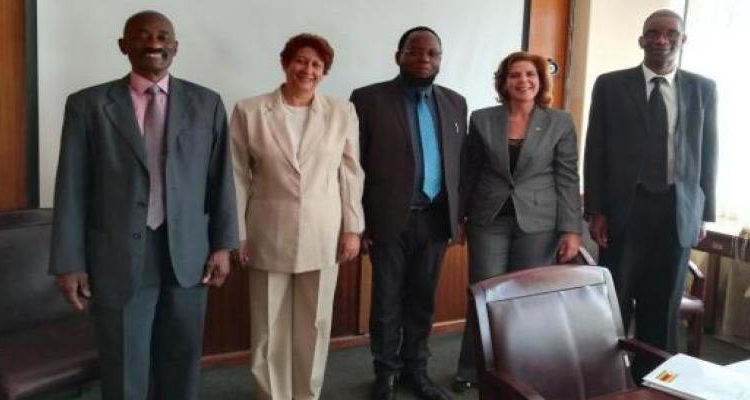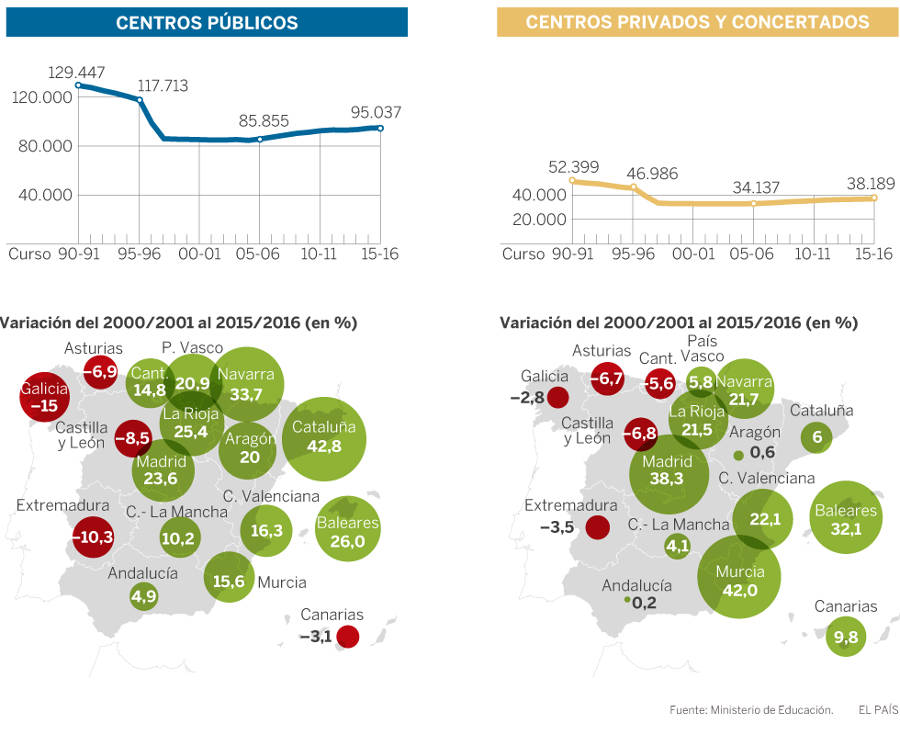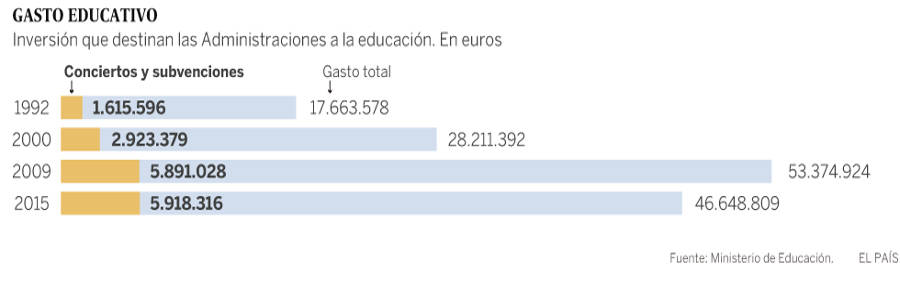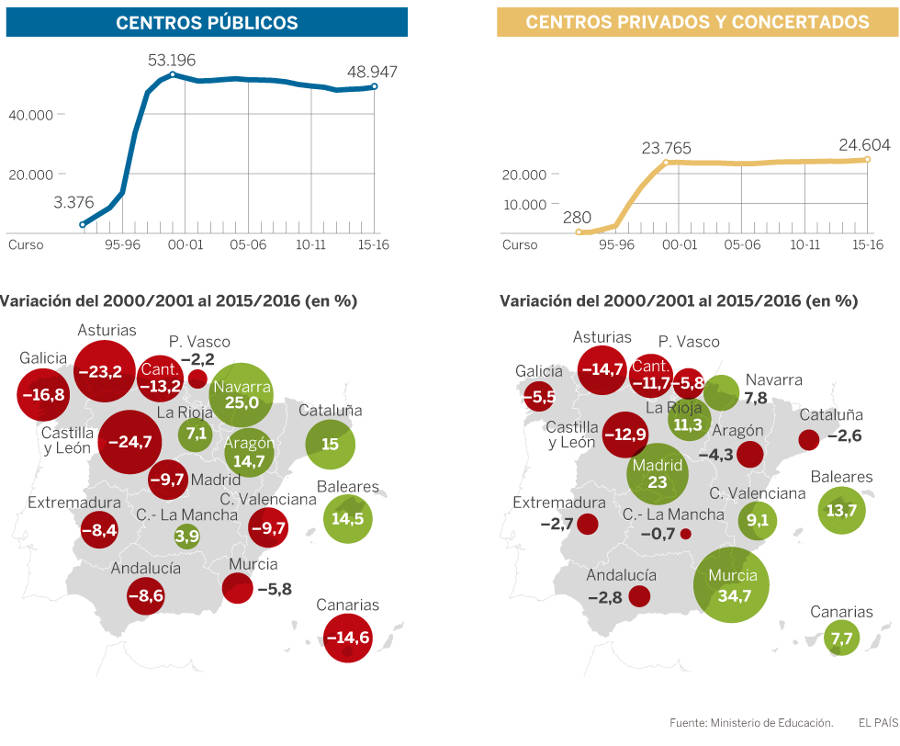Oceanía/Australia/Agosto del 2017/Noticias/https://theconversation.com/
Writing is virtually part of everything we do. It is one of the most powerful tools used to communicate our knowledge, emotions and beliefs, across distance and time. Writing is also a fundamental part of the school curriculum as an outcome and as a means to demonstrate learning across subjects and grades.
However, the writing performance of school-age children is a matter of considerable concern. Educators and researchers from around the world have highlighted the challenges students face to master writing.
In Australia, NAPLAN results show a decline since 2011 in the writing scores of secondary school students (Grades 7 and 9). Recently released NAPLAN summary results show a decline in the writing scores of Grade 7 students at a national level. It also showed the lowest scores across the four domains assessed – reading, writing, language conventions and numeracy – in Grade 9.
These findings about the quality of writing in high schools are concerning. They stress the importance of understanding what may be hindering students’ writing development and performance.
Research suggests this may be related to the difficulties students exhibit in writing in the primary school years.
How much do we know about what predicts effective writing?
Historically, writing has received less attention than reading in empirical research.
But, in the last ten years, a solid body of research has shown that effective writing depends on the development of lower-order skills, such as handwriting and spelling, and of higher-order skills, such as planning and revising.
And there is a strong relationship between handwriting automaticity (often called fluency) and written composition. The ability to write quickly and effortlessly allows children to focus on translating ideas into writing, thinking about what they want to say about the topic at hand.
Poor handwriting may conceal the writing potential of primary school children. And teaching handwriting improves both automaticity and the writing quality of texts produced by students in primary and secondary schools.
However, little is known about the handwriting automaticity of pre-primary children, when formal writing instruction typically begins.
What is happening in classrooms?
We have an incomplete picture of what is going on in classrooms to teach writing across the world.
Most research on the teaching of writing has been developed in the US. Several national surveys there have examined the practices of primary and secondary school teachers. These surveys showed little time is devoted to writing instruction.
Research developed in the US and the UK also indicates that explicit handwriting instruction is not a daily practice, and that teachers may lack knowledge of evidence-based practices to teach handwriting.
Our research examined 177 children on their level of handwriting automaticity at the end of their pre-primary year; these children were enrolled in 23 classrooms from seven primary schools in Western Australia. The ABC task was used to measure students’ ability to access, retrieve and write letter forms automatically and accurately.
We also assessed teachers’ practices for writing instruction and the time allocated to teach specific writing skills.
Results indicate that 20% of the difference in children’s level of handwriting automaticity could be attributed to teaching practices, even when accounting for children’s gender and reading skills.
Our study findings also indicate the time devoted to teaching writing is highly variable, ranging from 20 minutes to five hours per week. This is worrisome. It suggests children may be spending less than the recommended 30-45 minutes of daily writing practice in pre-primary schools.
What’s next?
The large variability in writing instruction across classrooms in this Australian study highlights the need to develop more research to understand specific factors that predict writing development.
Unquestionably, understanding the multidimensional nature of writing is a challenge.
But it is one that needs to be pursued if we want to learn more about how to teach writing to substantiate teacher training programs and government policies to foster students’ effective writing developmen.
Fuente:
https://theconversation.com/to-empower-students-with-effective-writing-skills-handwriting-matters-81949
Fuente Imagen:
https://lh3.googleusercontent.com/TbYnwJRYLihO6BukVkfUpD23qfnwu7E1xm7y299EaRgRJwfrZi1IXo9hkms12fYx-y_U=s85












 Users Today : 4
Users Today : 4 Total Users : 35460496
Total Users : 35460496 Views Today : 12
Views Today : 12 Total views : 3419370
Total views : 3419370